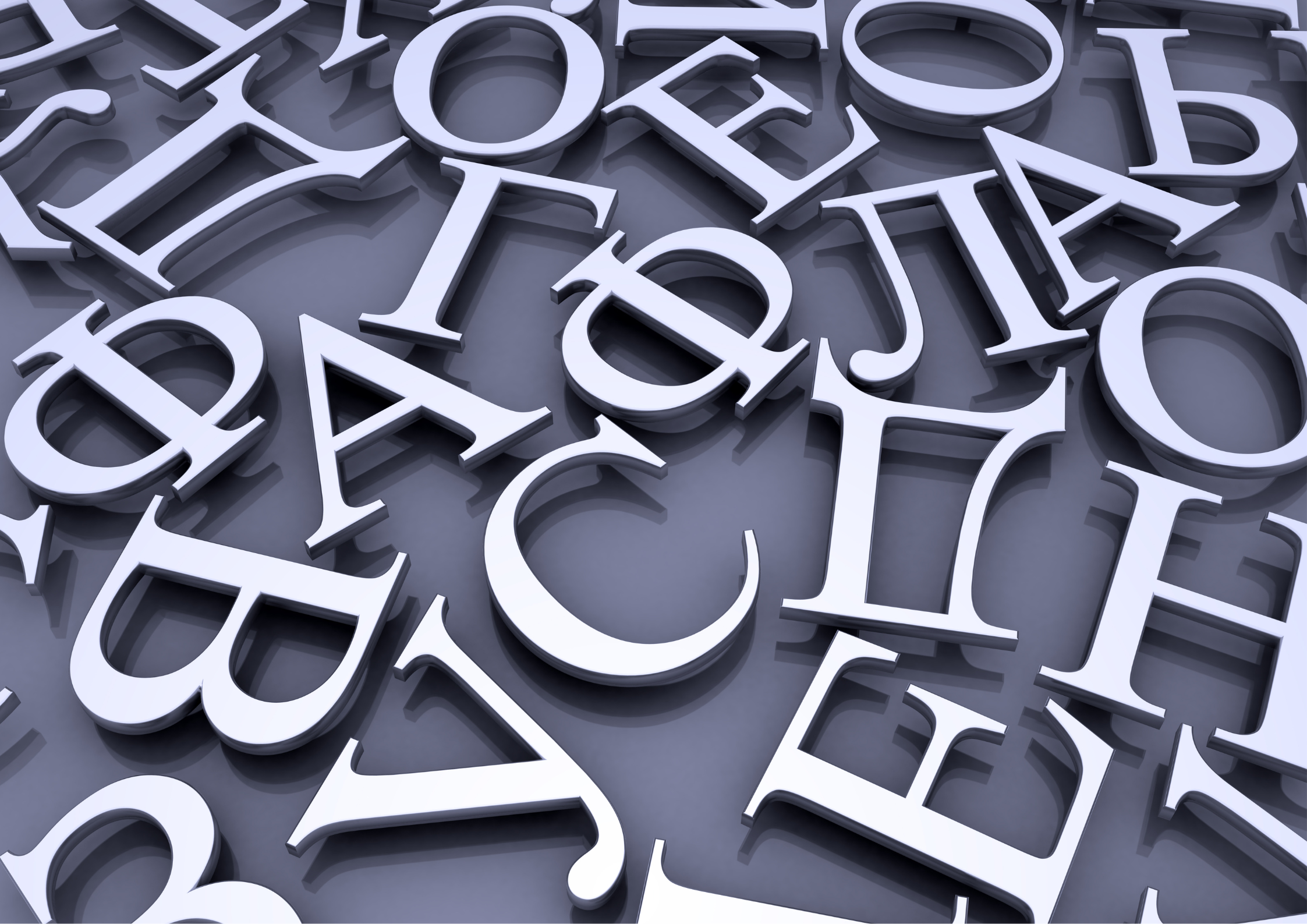Montenegro, a jewel of the Balkans, is not only celebrated for its breathtaking landscapes and rich cultural heritage but also for its unique linguistic landscape. In this blog post, we will explore the use of both Latin and Cyrillic scripts in Montenegro, shedding light on the significance of language learning, and the availability of Montenegrin language courses.
Montenegrin Language Learning:
1. A Multilingual Haven: Montenegro proudly boasts a multilingual environment, with the Montenegrin language taking center stage. Montenegrin, a South Slavic language, is the official language of the country. Learning the language opens doors to a deeper understanding of Montenegro’s history, traditions, and the warmth of its people.
2. Montenegrin Language Courses: For those eager to embark on the journey of mastering Montenegrin, numerous language courses are available, catering to both beginners and advanced learners. These courses provide comprehensive insights into the grammar, vocabulary, and pronunciation of Montenegrin, utilizing both Latin and Cyrillic scripts.
The Latin Script in Montenegro:
1. Historical Context: The use of the Latin script in Montenegro has deep historical roots. In the early 20th century, Montenegro adopted the Latin alphabet for official use, reflecting its aspirations for modernization and alignment with Western Europe.
2. Everyday Usage: Today, the Latin script is widely used in Montenegro for everyday communication, signage, and digital platforms. Visitors and learners find the Latin script accessible, making it an excellent starting point for those delving into the Montenegrin language.
The Cyrillic Script in Montenegro:
1. Cultural Identity: The Cyrillic script holds a special place in Montenegro’s cultural identity. With its historical ties to the Orthodox Christian Church, Cyrillic is deeply ingrained in Montenegrin heritage. It is used in official documents, literature, and is a symbol of national pride.
2. Montenegrin Cyrillic Today: Despite the widespread use of the Latin script, Montenegro remains committed to preserving its linguistic diversity. Cyrillic is taught in schools, and efforts are made to promote its use in various domains, contributing to the rich tapestry of Montenegrin culture.
Navigating the Dual Scripts:
1. Language Tolerance: Montenegro’s linguistic diversity reflects a spirit of tolerance and inclusivity. The coexistence of Latin and Cyrillic scripts is a testament to the country’s commitment to acknowledging and respecting its historical and cultural nuances.
2. Practical Tips for Learners: For language learners, embracing both scripts can enhance their proficiency. Many Montenegrins appreciate the effort made by foreigners to learn and use their language, regardless of the script chosen.
In conclusion, navigating Montenegro’s language landscape involves an appreciation for the harmonious coexistence of Latin and Cyrillic scripts. Whether you choose to learn Montenegrin through a language course or explore it organically during your travels, the beauty of the language lies in its ability to connect you with the heart and soul of this enchanting Balkan nation. So, whether you write “Zdravo” or “Здраво,” the warmth of Montenegro welcomes you with open arms.

